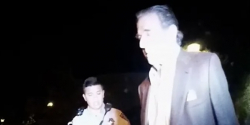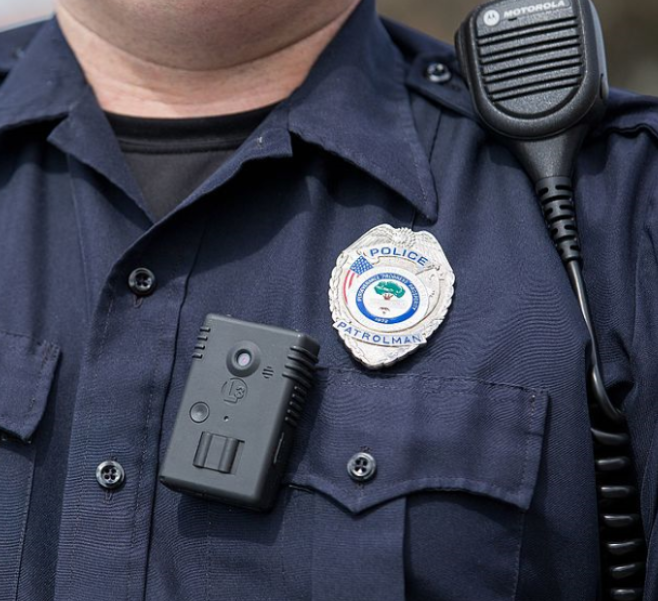If you’re pulled over and the officer suspects that you are intoxicated, be polite, exercise your right to remain silent—don’t discuss where you’ve been or where you’re going—and cooperate by providing your driver’s license and proof of insurance if they’re requested. Always remember that you have rights, so don’t give them up to anyone for any reason—even law enforcement.
However, no matter what you do, the officer may still be determined to make a DWI arrest. Should you take the field sobriety test? That depends. If you haven’t had any alcohol to drink that day, you may be pretty safe to take the test. However, if you’re coming from a bar, restaurant, or friend’s home where you drank, it may be best for you to politely refuse the roadside test.
 With that in mind, maybe you were just trying to be cooperative and ended up taking the roadside test. How can the officer’s bodycam and dashcam footage work in your favor in fighting your DWI charges?
With that in mind, maybe you were just trying to be cooperative and ended up taking the roadside test. How can the officer’s bodycam and dashcam footage work in your favor in fighting your DWI charges?
1. Dashcam and Bodycam Laws in Texas
While not all police have to wear body cameras, under Texas law, all police officers who wear them while they’re on duty, must leave them on for the duration of an investigation—especially when they visit a suspicious scene. Dash cameras are video cameras mounted on the dashboard of an officer’s patrol vehicle. Body cameras are attached to the officer’s uniform and record critical encounters with the public. Officers are required to inform people that they’re being recorded.
The patrol vehicle’s dashcam footage and the officer’s bodycam footage provide critical evidence in building legal cases both for prosecutors and criminal defense attorneys. Did the officer behave appropriately with the accused? How did the suspect respond? Do the time stamps add up? This information can be used in court, both in and against the offender’s favor.
2. Dashcam and Bodycam Footage in DWI Cases

Both the state’s prosecutors and defense attorneys use dashcam and bodycam footage to build their cases. It ultimately comes down to the state using the footage to prove its case against you. Did the officer breach the accused person’s rights? If so, bodycam footage will show it. It can also work against the accused if the footage shows that he or she acted unlawfully or inappropriately with the officer.
Ideally, your attorney would request to review the footage and find possible examples that refute the evidence the prosecutor may have against you.
It’s possible that the field sobriety test wasn’t administered correctly. Keep in mind that field sobriety test are based upon the opinion of the officer administering the test at the scene. It’s completely subjective because one officer can have the opinion that you may be intoxicated and another may see the same test and say that you are not.
Coordination tests like the one-leg stand and walk-and-turn are deliberately designed to keep you off balance. The horizontal gaze nystagmus test measures eye movement, which can be jerky because of biological disabilities, and the modified alphabet and counting tests are based on memory and focus, both of which are impaired under stress. All these tests are flawed in determining whether a person is intoxicated.
3. Start Protecting Your Rights Today
If you were recently arrested for DWI, contact an experienced, qualified, and detail-oriented DWI lawyer as soon as you make bail. Attorney JL Carpenter builds aggressive, powerful cases for her clients with the goal of getting charges dismissed. Over the years, she has worked on hundreds of DWI cases, with a high percentage of them ending in a favorable outcome.
Click here to schedule a consultation. JL represents clients across the Greater Houston area, including in Friendswood and Clear Lake. Her practice areas include DWI, BWI, domestic violence, family violence, and drug possession, among others. For more information, explore her track record.